General Help
Get information about our website or Droom services
Consistent and heavy rain is a root cause to many problems that we urban dwellers face from time to time. One of the issues that always remains a matter of concern is how to drive during a rainy day. Yesterday and today, the region of Delhi NCR is experiencing heavy to moderate rain due to which there has been a lot of water logging especially in the city of Gurgaon (Gurugram).
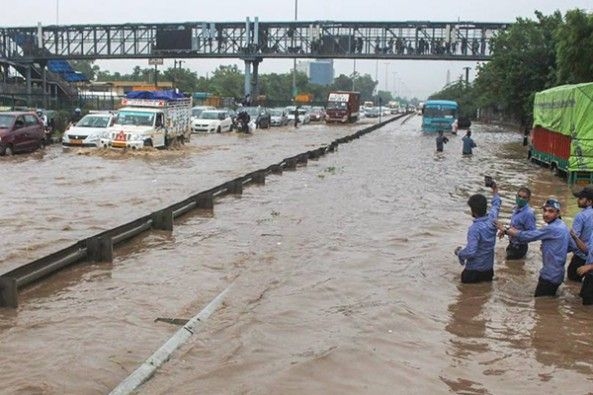
There were major traffic jams reported at sector 15, 31 and Hero Honda Chowk due to heavy downpour. It is believed that yesterday Gurgaon received over 120mm of rainfall making it one of the heaviest rain-drenched days in recent times. To make matters worse during the peak traffic hours, roads of the city were turned into waterways. With the rains here to stay for a couple of more days, here are some tips you could perhaps utilise while driving through water logged and submerged roads. 'Top 6 Quick Tips' to keep in mind while driving during monsoon.
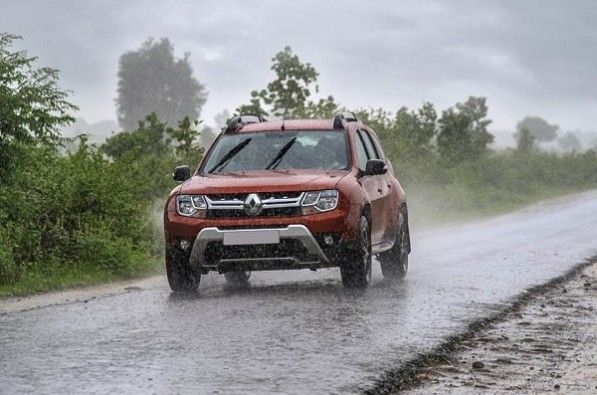
During the rainy season, it is always advised to use car wipers at all times as they help you see the road ahead. Depending upon the downpour, the user can either increase or decrease the speed to keep the windscreen clean so as to get a clear view. The use of defogger is a must as it helps in avoiding moisture from settling on the windscreen - be it the front or the rear.
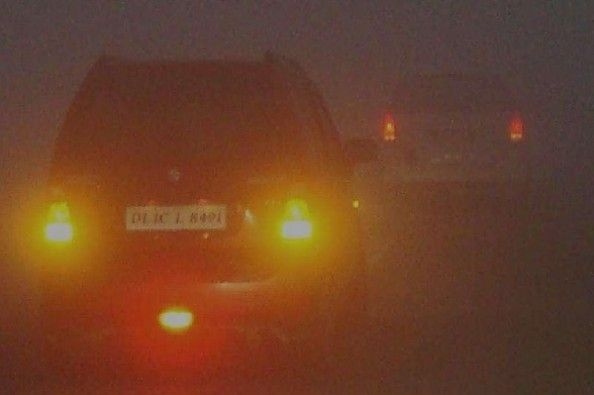
During these conditions, it is highly advisable to use the headlamps and hazard lights of your vehicle in the dipper mode as it not only helps you to see the vehicle and the road ahead but also for the person coming from the opposite direction
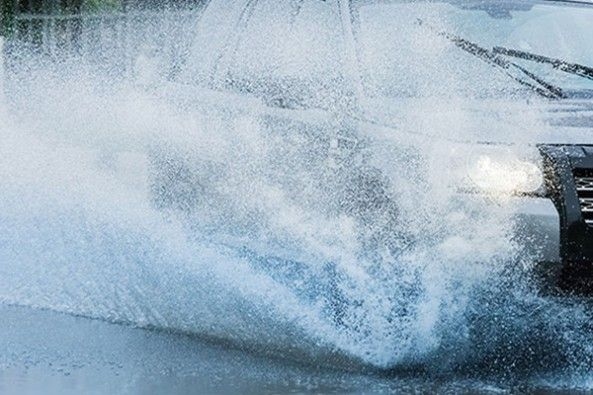
Good traction and visibility are absolutely important while driving in such conditions. Firstly your car tyres need to be in good shape so that they can grip the road properly despite rain and mud that comes along with it. It is best if you drive slowly rather than going fast and losing control of your vehicle.
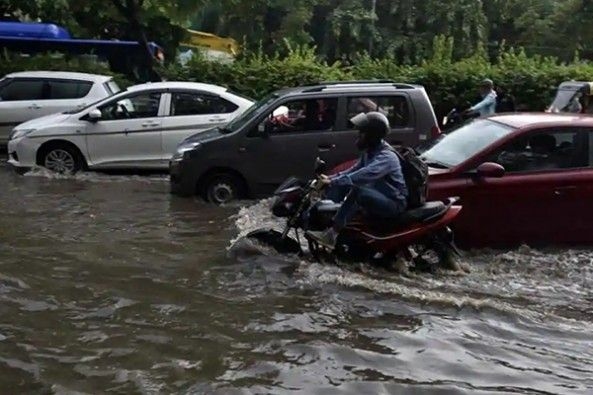
This is one aspect that most of us tend to ignore. Wherever there is accumulation of water, it is best recommended to drive closest to the dry side of the road. This will help avoid any calamity and moreover keep both you and your vehicle safe from any mishap. In case, the road is fully submerged then it is best to avoid driving through it at all.
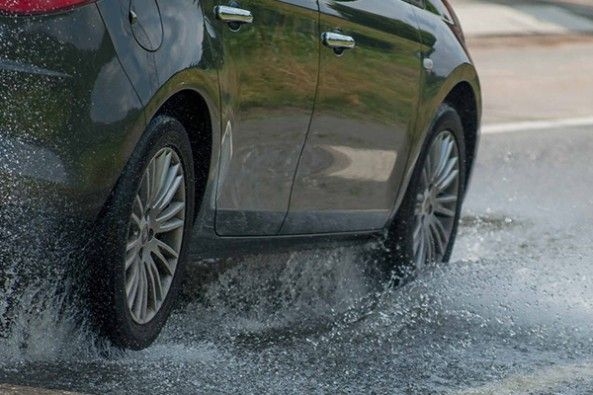
While the roads are wet, it is very important to check the brakes of your vehicle as they might tend to slip and as a result cause an accident. It is suggested that from time to time while driving, one must slightly apply the brakes in order to dry them off so that they could be effective when actually required.

As seen in most of our developed cities, underpasses are a recipe for disaster. During heaving rains they are the first places to get flooded and as noticed even in Gurgaon it is best to avoid using them as much as possible.
In case you do find yourself on the other side of these suggestions, there are a few more steps that you need to keep in mind. Supposingly while wading through deep water your vehicle suddenly stalls, it is best not to restart. The reason for this is that in case you start your car again there are more than 95 percent chances that the engine could suck in the water resulting in its seizure which would be a heavy loss for you.